Lomography in Academic Papers
2 5 Share TweetLomography began with the simple purpose of bringing people together through unique experiences and carefree images, so it has been a pleasant surprise to discover the ways in which it has become the subject of academic studies that enrich the industries of photography and beyond.
It is an exciting and humbling experience to share the academic papers wherein Lomography plays an important role – from authors identifying it as a creative approach, a form of resistance or a cause of analogue renaissance. For easy navigation, we have divided them into four categories:
A. The art of Lomography: approach and history
B. The implications of analogue and digital photography’s coexistence
C. The strategies and tribes behind Lomography’s success
D. Lomography in other angles: a subject of design analyses, a means of gathering information, and a starting point for related studies
These studies have originated from various parts of the globe, and Lomography has taken the liberty to access translations of their titles and content as accurately as possible.
A. The art of Lomography: approach and history
The following papers look at Lomography’s journey and the factors that have influenced it. They also touch on the behaviors and mindsets that Lomography encourages creatives to adopt and practice.
A.1. Lomography: a cult phenomenon (Lomografía: un fenómeno de culto)
By Marina Calderone
An Essay from the La Plata National University, 2012
Lomography takes fragments of the past and combines them with advancements of the future, making for a well-balanced present. It can be seen in its new embodiments of various periods. For instance, the Lomographers’ public sharing of their wild spirits and crazy photographs resumes the Middle Ages’ practice of community art. Overall guiding the said behavior are The 10 Golden Rules, which portray the camera as an extension of oneself – a concept that emerged in Modernism. And though the photographic approach seems simple, it is emphasized in the essay that the production is not. The technical characteristics of these gear contribute greatly to the distinguishable factor of Lomography, containing surprising elements reminiscent of Surrealism and representative of Postmodern photography.
Read Lomography: a cult phenomenon.
A.2. Lomographing the city: The experience of flânerie through photography (Lomografando a cidade: A experiência da flânerie através da fotografia)
By Grécia Falcão, Débora Gauziski and Alessandra Maia
A Conference Paper presented at the XI INTI International Conference La Plata 2012: Territorial Intelligence and Globalization. Tensions, Transition, and Transformation
Flânerie refers to the idle wandering through the city wherein one can connect with their surroundings. The paper connects Lomography to this concept, as it emphasizes on finding common scenes and capturing them in unique ways. One is encouraged to fully experience their surroundings and present new scenes in each image. It goes without saying that Lomographers have less control over their photographs, which they usually take with the desire to simply reflect moments and observations that may escape quick glances. With that said, it is implied in the study that scientists, politicians, and others can improve the quality of and enhance their knowledge about the social, environmental, cultural, and architectural aspects of a city through the Lomographers' experimental urban photographs.
Read Lomographing the city: the experience of flânerie through photography.
A.3. Uncanny Signs: Lomography and its Profane Illuminations
By Kenneth Tay
An Honors Thesis from the Bachelor of Arts program of the National University of Singapore, 2012-2013
Lomography, materializing after the Cold War, is an approach where photographers view their lives in unique angles and embrace the uncertainty of outcomes. Its birth does not imply the death of its traditional art form. Rather, it challenges the limits, redefines the essence of its art, and opens minds to potential otherness. Lomographers perceive often-overlooked everyday objects as extraordinary, which represents what is called Profane Illumination. It’s quite a paradox – the unpredictability of Lomographs embody the unpredictability of life, so they are accurate representations of what is “real.” The nature of Lomography also champions Radical Uncertainty, or events that imply the existence of probabilities. Indeed, Lomography creates endless possibilities!
Read Uncanny Signs: Lomography and its Profane Illuminations.
A.4. The Petzval objective: Between technical shortcomings and photographic challenges (L'objectif Petzval : Entre defaillances techniques et enjeux photographiques)
By Hélène Virion
A Conference Paper presented at the ARIAD-R Conference, 2016
The Petzval lens was first introduced in 1840 by physicist and mathematics professor Joseph Petzval. There were numerous constraints during his time such as the difficulty to capture light, the need to remain still, and the risk of blurring. Joseph Petzval and his research team succeeded in solving these problems, but were still met with some struggles. The optical system had a short shutter speed, great sharpness, increased brightness, and high quality central focusing; it unfortunately also had a restricted angle of view, a marked curvature of field, extreme vignetting, and unreliable astigmatism. But who knew that these so-called drawbacks that led the lens into disuse in the 1920s were the very same factors that attracted Lomography’s attention, and consequently reinvention, in 2013? This was possible because of the Lomography Community’s contributions in Kickstarter, which also shows that thousands are able to see the lens' “deficiencies” in fresh perspectives, anticipating new purposes for it and bringing out its charm and potential.
Read The Petzval objective: Between technical shortcomings and photographic challenges. You can also check out Hélène Virion's feature in our Magazine!
A.5. Back to the Future. Lomography and The Impossible Project as Remembrance Aesthetic Practices (Ritorno al futuro. Lomografia e The Impossible Project come pratiche estetiche rimemoranti)
By Daniela Panosetti
An Article from Photography · Theoretical object and social practice (La fotografia · Oggetto teorico e pratica sociale), 2011
The planes of time merge through analogue photography. There is the thought that taking photos with Lomography cameras is synonymous with taking photos like they did several decades ago – this idea embodies Lomography’s strong link to the temporal variable, staging a simultaneous actualization of past and present. The concurrence of different diachronic levels is seen in more digital platforms and materials taking inspiration from vintage, and in Lomography’s reincorporation of forgotten gestures and reactivation of past practices. It is a deviation from the norm, with one example being the Lomographers' view. Lomographers find value in what others would now label as imperfections, because what embodies the memory and the aesthetic more than the outcome are the associated feelings and the experience itself.
Read Back to the Future. Lomography and The Impossible Project as Remembrance Aesthetic Practices.
B. The implications of analogue and digital photography’s coexistence
Today, there is an overlap between analogue and digital photography. What does this mean for the industry, and what does this say about the new generation? The following papers take a look.
B.1. Analogue renaissance: Remediation of the photographic field
By Edgar Gómez Cruz and Juan Sanin, RMT
A Conference Paper presented at the ANZCA Conference, 2017
The journey of film photography wasn’t always smooth-sailing. It reached its sales peak in 2003, then experienced a continuous decline once digital photography became the standard medium. But there is an analogue renaissance today, with one reason being its popularity across younger generations. The authors credit this to Lomography. As the only analogue photography brand born in the digital age, Lomography introduced the particular analogue feeling and aesthetic to a new generation of digital natives. Along with this renaissance came a remediation of the two’s relationship as well. From Lomography’s online Kickstarter campaigns to scanners that allow negatives to be digitized and shared, there has become a hybridization within the industry and an ongoing growth of film photography.
Read Analogue renaissance: Remediation of the photographic field.
B.2. Theory about photography (Teoría sobre fotografía)
By Matias Maroevic
A Degree Project, 2011
Countless challenges had to be overcome before Lomography itself was recognized as an art form. Questions about what lay ahead for the format were raised when the brand was launched. This project provides an answer, saying Lomography is in a category of its own – one that encourages the use of traditional materials, generates more jobs and helps the economy by manufacturing such, creates an inimitable aesthetic amenable to both amateurs and professionals, and presents great alliances among various artistic areas and academic disciplines like music, fashion, sociology, and psychology. It is not a regression, but a glimpse into a future where creative techniques are not abandoned and confidence in one’s instincts are restored. Lomography does not intend to compete with the digital era. After all, the digital platform plays an important role for the practice – it is where Lomographers easily connect, share their photographs, and write their stories.
Read Theory about photography.
B.3. “Buy film not megapixels”: The role of analogue cameras in the rematerialization of photography and the configuration of resistant amateurism
By Sergio Minniti
An Article from the book The Camera as Actor: Photography and the Embodiment of Technology, published by Routledge, 2020
Digital photography attracts enthusiasts that are relatively serious towards the art form, wanting to exercise great control over their works from start to finish. In a way, it bases one’s talent and value on technical mastery. Recent technological developments also make it easier to take and edit as many photos as one pleases, albeit identical. Combining the innate flawlessness of these photos with the inability to hold them makes moments feel unreal as well. On the contrary, film cameras like Lomography intervene unpredictably throughout the whole, tactile photography process. Imperfections are embraced, uniqueness is celebrated, and pictures are not segregated between “good” or “bad.” Data shows an increase in younger generations, with absolutely no former experience of analogue practices, showing interest as an attempt to take a detox from the virtual world. It is not always nostalgia that Lomographers are after – at the end of the day, photography was first a physical, multisensory, and personal experience. Live offline and share online, as they say.
B.4. Photo Filter Apps: Understanding Analogue Nostalgia in the New Media Ecology
By Elena Caoduro
An Article from the University of Southampton, 2014
In the 21st century, there has been a growing fascination with old media such as typewriters and vinyl records. For analogue photography, though there has been an emergence of applications that allow users to add film-like filters and effects on their photos, the researcher notes that it never faded out of sight completely thanks to Lomography. The presence of film photography in online media shows attempts to address the need for familiarity, the usage of nostalgia as a creative tool, and the lack of physicality and materiality in the digital world. Film’s popularity among the younger audience can also be due to the desire to adjust, improve or personalize ordinary snaps. As written in the study, photo filter applications like Instagram emerge from a culture where the old, the authentic, the analogue are given high value and appreciation. This harmony contributes to a transition towards progress.
Read Photo Filter Apps: Understanding Analogue Nostalgia in the New Media Ecology.
B.5. Lomography and Instagram: the resumption and updating of analogue photography in digital times (Lomografia e Instagram: a retomada e atualização da fotografia analógica em tempos digitais)
By Laís Akemi Margadona
An Essay presented at the XVIII Congress of Communication Sciences in the Southeast Region (XVIII Congresso de Ciências da Comunicação na Região Sudeste), 2013
The ease of use and the cost of clicking between analogue and digital cameras were often compared, with the latter eliminating analogue elements that some may deem as a hassle. As digital technologies became more prevalent, film photography looked more lengthy and less accessible. Despite this, many continue to believe in the unmistakable Lomography aesthetic and the magic of film photography’s hands-on process. For the author, Lomography’s decision to open stores globally is a way to prove its growth and to show the withstanding demand for analogue products. Times are changing, and analogue and digital technologies can undergo a hybridization without having their ideals clash. Film photography benefits from the publishing mechanisms of the internet and Lomography is able to communicate with film enthusiasts online, too. Analogue and digital can support each other, although the author reinstates their belief that Lomography provides a more efficient analogue update compared to online applications that offer pre-defined filters, for the analogue way does not limit what one can achieve with the range of physical-chemical processes available.
Read Lomography and Instagram: the resumption and updating of analogue photography in digital times.
Laís Akemi Margadona has a variety of works that touch on Lomography, another one being an essay for 1º Simpósio Interdesigners in 2014, called Lomography and Instagram: An encounter between analogue and digital in contemporary photography (Lomografia e Instagram: Um encontro entre o analógico e o digital na fotografia contemporânea). It serves as an analysis of the dialogue and intersections between analogue and digital photography.
B.6. Analog Photography in a Digital World: The Phenomenology and Contemporary Status of the Single Lens Reflex Camera
By Angjelin Hila
An Article from The iJournal, University of Toronto, 2016
Decades ago, the only form of photography was analogue. Years passed and the world was introduced to digital photography, specifically SLRs or Single Lens Reflex cameras that were still mostly manually controlled. Technology evolved some more and the electronic DSLRs or Digital Single Lens Reflex cameras stepped into the scene. This situation makes it seem like previously state-of-the-art equipment would eventually be known as merely materials from the past, but that is fortunately not the case. People are returning to analogue photography due to the loss of user agency in the virtual world’s nature. The evolution of cameras is not linear, and new models do not replace old ones. Instead, there is a consistent overlap and a widening of photographic technologies. The researcher presents Lomography as a testament to this, as the movement can provide answers to questions about the status of photographs in a time of digital image processing. Indeed, the persistent interest in film photography and SLRs despite the existence of more advanced equipment like DSLRs yields a blending of old and new.
B.7. Chemical Photography in the Era of Digital Imaging. Artists and Practices in the Spanish Context (2000-2020). (La fotografía química en la era de la imagen digital: artistas y prácticas en el contexto español (2000-2020))
By Juan Antonio Gil Segovia
A Doctorate Thesis from the University of Salamanca, 2021
Analogue photography, referred to in this study as chemical photography, requires materials whose production relies heavily on manufacturers. Historically, the dependence has led to declines, but the practice never really disappeared. The author presents Lomography as proof – it continues to grow, introduce innovations, embody creative resistance, and make space for the art form to remain. This study also defines the dichotomy between digital and chemical photography, in which emergence of the former revived interest in the latter. Digital photography is multiple, infinite, and uniformed. Eventually, its systems will reach maximum image resolution. This would explain the ongoing media archaeology. With chemical photography being manually-crafted and unique, more people are longing for its analogue imperfections. Differences aside, their coexistence points us to an imaginative crossroads in the industry. Each medium has its own advantages and drawbacks, offering different results. But before digital photography existed, chemical photography was referred to as simply “photography.” The digital world and its expansions can modify the art, but never replace it.
C. The strategies and tribes behind Lomography’s success
Success does not happen overnight. For Lomography, layers of strategies and support helped in taking steps forward. These papers dissect Lomography's advancements, and provide an opportunity to look back and express gratitude.
C.1. Unconventional Marketing: From Guerrilla to Consumer Made
By Bernard Cova and Marcel Saucet
A Legal Studies Research Paper from the University of San Diego, 2014
Back in the 1980s, unconventional methods were introduced to the marketing world in order to keep it alive and efficient. Guerrilla Marketing was formed, containing four major types: Viral, Ambush, Stealth, and Ambient. Lomography was categorized under Viral, where consumers influence one another, and Ambient, where the brand’s purpose and messages are brought to the streets. These can be seen in the Lomography Community and the withstanding tradition of collaborating to proudly put up LomoWalls. Lomography's progress was made possible by none other than Lomographers!
Read Unconventional Marketing: From Guerrilla to Consumer Made.
The authors, along with Gregorio Fuschillo, also have an in-depth article on the Ambient approach. It was published as part of Micro & Macro Marketing, with the article titled Current affairs and prospects of Street Marketing (Attualità e prospettive dello Street Marketing). There, they mention Lomography and the wonderfully collaborative nature of LomoWalls as well.
C.2. Tribal Marketing: The Tribalisation of Society and its Impact on the Conduct of Marketing
By Bernard Cova and Véronique Cova
A Paper from the European Journal of Marketing Special Issue: Societal Marketing in 2002 and Beyond Version: January 2001
More than a decade before the previous article, Bernard Cova worked on this study with Véronique Cova. They delved into the differences between Latin or Tribal Marketing and Northern or Consumer Marketing, with Lomography being a prime example of the former. In a tribe, social links and identities are given value. There are also elements of resistance, a universe for the group, and a renewed sense of community among individuals who bond over shared experiences.
Read Tribal Marketing: The Tribalisation of Society and its Impact on the Conduct of Marketing.
C.3. Going Retro in a High-Tech World | Case Study: Lomography Society International
By Ana Filipa Barbosa de Pena Machado
A Master’s Dissertation from the University Institute of Lisbon, 2012
Some of the factors that allow Lomography to stand firm amidst today's digital age are the harmonious coexistence of nostalgic and modern products in its portfolio, and its openness to enhance offers by communicating with its crowd. It is the constant innovation of technologies, connection with origin and history, and emotional and creative bond with fellow Lomographers that let Lomography thrive. The study labels Community members as a transgenerational brand tribe, in which individuals looking for unique moments and symbolic links to the past share a tight, relatable, passionate, and loyal link with each other. Since the beginning, Lomography has claimed that the future is analogue and emphasized The 10 Golden Rules – both being strong declarations of belief in the excitement found in the analogue process, and the engaging aura that binds everyone.
Read Going Retro in a High-Tech World | Case Study: Lomography Society International.
D. Lomography in other angles: a subject of design analyses, a means of gathering information, and a starting point for related studies
The following studies encapsulate a variety of topics but remain tied to Lomography, showing how Lomography opens doors for interesting explorations of other fields.
D.1. Emotional design analysis: Diana Instant Square Camera Adriano Edition (Análisis de diseño emocional)
By Andrea Pérez De Luna
An Essay from the Monterrey Institute of Technology and Higher Education, 2019
This essay takes a closer look at the Diana Instant Square, focusing on the Adriano Edition. The camera produces soft edges, smooth vignettes, and other elements of gorgeous analogue imperfection. The product design analysis looks at the Diana Instant Square’s external design reminiscent of the 60s, its various modes, ease of use, selling price, and its overall build that allows for unpredictable results and compatibility with various attachments. The researcher also looks through the rhetorical lenses of Ethos, Pathos, and Logos, concluding that the Lomography Diana Instant Square confidently delivers its promises.
Read Emotional design analysis: Diana Instant Square Camera Adriano Edition.
D.2. Instant Camera Analysis (Análisis Cámara Instant)
By Natalia Saldivar
An Essay from the Monterrey Institute of Technology and Higher Education, 2018
Aside from technical specifications, the author shines light on the ability to choose from different artistic models and editions – a sense of personalization that allows users to feel identified. This analysis looks at the Lomo’Instant through the dimensions of logic, aesthetics, and ethics. The author notes that the Lomo’Instant camera is a best-selling camera because of its innovative design and unique functions, such as multiple exposures and interchangeable lenses. It also has the world’s largest aperture (as of writing) which allows for more brightness, focus details, and more. Everything considered, the author concludes that the Lomo’Instant evokes excitement, joy, communication, friendship, and love. It generates an experience that allows users to represent themselves, embody their visions, and cement their experiences.
Read Instant Camera Analysis.
D.3. Inspiring Design: the use of photo elicitation and Lomography in gaining the child’s perspective
By Lynne Hall, Susan Jones, Marc Hall, Joanne Richardson, John Hodgson
A Case Study published by the British Computer Society, 2007
These researchers had to design a multimedia learning application on water safety aimed at 11-13 year olds. To enter the children’s minds and grasp what would be an appropriate and effective design, they incorporated Lomography’s nature and philosophy in the participatory technique. They deem Lomography as engaging to the youth, given its less technical and less intimidating approach. Lomography’s emphasis on the beauty of spontaneity and personal style was reflective of the mindset they hoped the children would apply with regards to the application’s design. This method allowed the participants to communicate their thoughts sincerely, with the researchers giving credit to the carefree mindset of Lomography. The National Curriculum is supportive of this, encouraging children to experiment and synthesize their observations, ideas, and feelings in a fun and enjoyable way.
Read Inspiring Design: The Use of Photo Elicitation and Lomography in Gaining the Child’s Perspective.
D.4. Analogue Photographer Center
By Geovani Dilla & Drs. Prabu Wardono, S. Ds. Ph. D
An Article from the Interior Design Study Program of the Bandung Institute of Technology, 2013
Analogue photography has become a part of culture, to the point where seeing someone own a film camera in the 21st century is no longer surprising. However, the Indonesia-based authors wrote this article at a time when their country had very limited access to shops and services for cameras. As part of an Interior Design Study Program, they aimed to design an Analogue Photographer Center – an imagined informative space for creativity stimulation, exhibits, services, and more activities related to film photography. Inspired by the aesthetic, feelings, and effects loved by Lomographers, the designers arrived at two themes: “Urban Pop” which has a modern, light, fun, dynamic and friendly character, and “Darkroom and The Art of Lomography” which gives the surprising touch that Lomography cameras have. These are the concepts that embodied their appreciation for Lomography’s expressiveness, interactivity, and liberty, believing that these could increase public interest and provide maximum comfort for facility users. The analogue medium allowed photography to find purposes other than documentation such as, as seen in this article, a source of inspiration for spaces that encourage participation in the storytelling culture and that aim towards advancing the development of certain areas.
Read Analogue Photographer Center.
D.5. Designing for New Photographic Experiences: How the Lomographic Practice Informed Context Photography
By Sara Ljungblad
A Case Study from a Thesis under Stockholm University, 2007
Further building on Lomography as a creative basis and means to gather information, this study uses the brand as a starting point for conceptualizing a novel User Interface (UI) and User Experience (UX) of a digital camera targeted towards amateur photographers. The researcher aimed to have a take on a new type of photography, specifically Context Photography wherein data visually affects digital pictures in real time. They gathered insights and comments from Lomographers, which guided them in creating and improving their prototypes. The goal of the project was not to make a digital version of Lomography cameras, but to apply the Lomography Community’s motivations for engaging in the exploration of artistic possibilities. The participating Lomographers’ will to test and provide feedback eventually led the researcher to succeed – they had the final product tried by their target audience, and found that they were able to encapsulate the qualities of personal involvement and create a meaningful picture-taking experience.
D.6. Soap Bubble Clusters with Swirly Bokeh Background
By Jun Li and Zhenzhi Xia
An Essay from Stanford Computer Graphics, 2019
This paper documents the process of trying to create bubble clusters in photographs with a Bokeh background, inspired by the Lomography Petzval Bokeh 58 Art Lens. The modification was done through lens design knowledge and wave optics. The researchers expounded on how the Petzval lens captures images that have a very sharp center, with soft illumination and deliberate blurring being more prominent as the focus strays away from the middle – making it suitable for portraits and becoming the standard choice for portrait photographers.
Read Soap Bubble Clusters with Swirly Bokeh Background.
If you are working on your own academic essay and would like our input for it, we're always happy to help. Feel free to contact us through help@lomography.com.
In the meantime, what do you think about the ideas presented in the papers? Which one do you find most interesting or relatable? Let’s discuss!
This list will constantly be updated, so be sure to save and come back to it!
written by kylavillena on 2024-07-11 #news #history #studies #academics









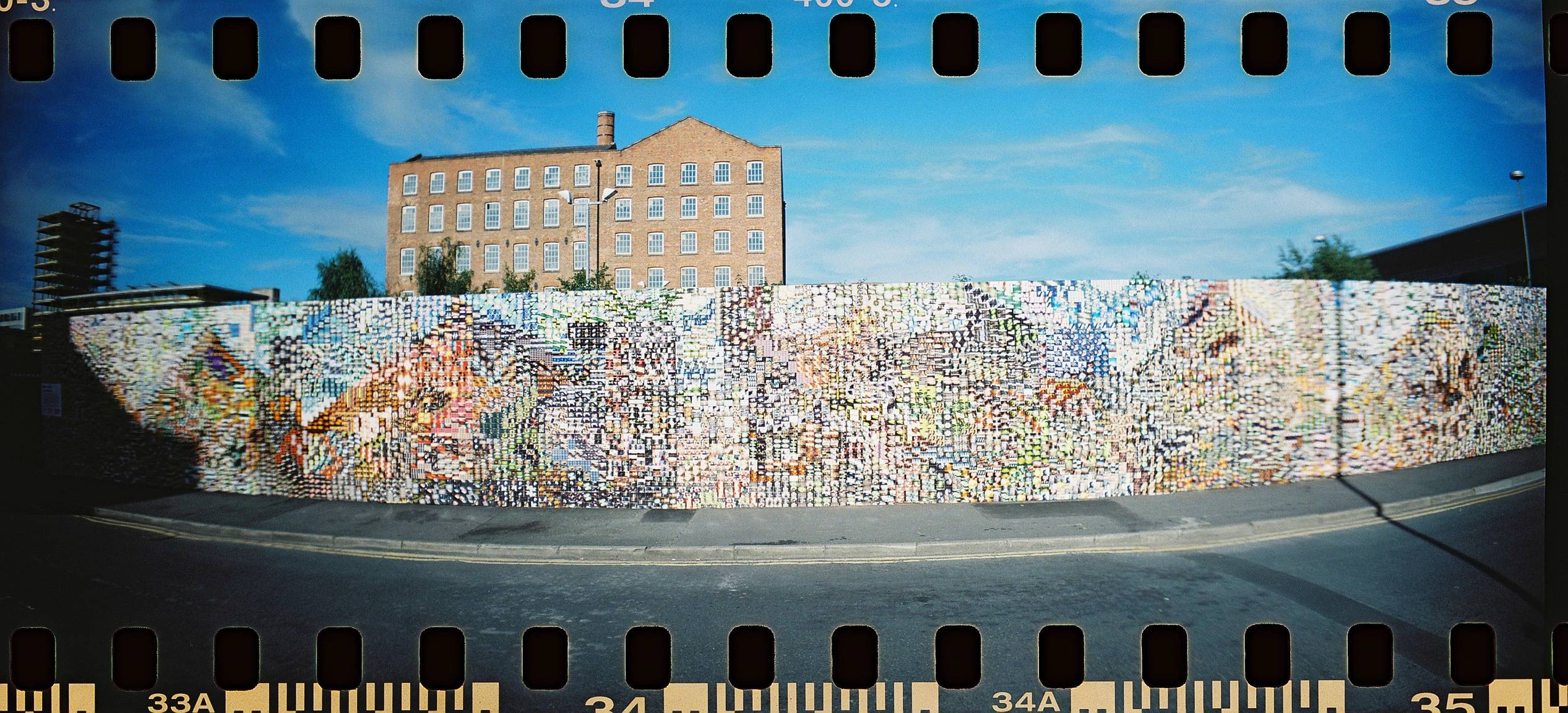

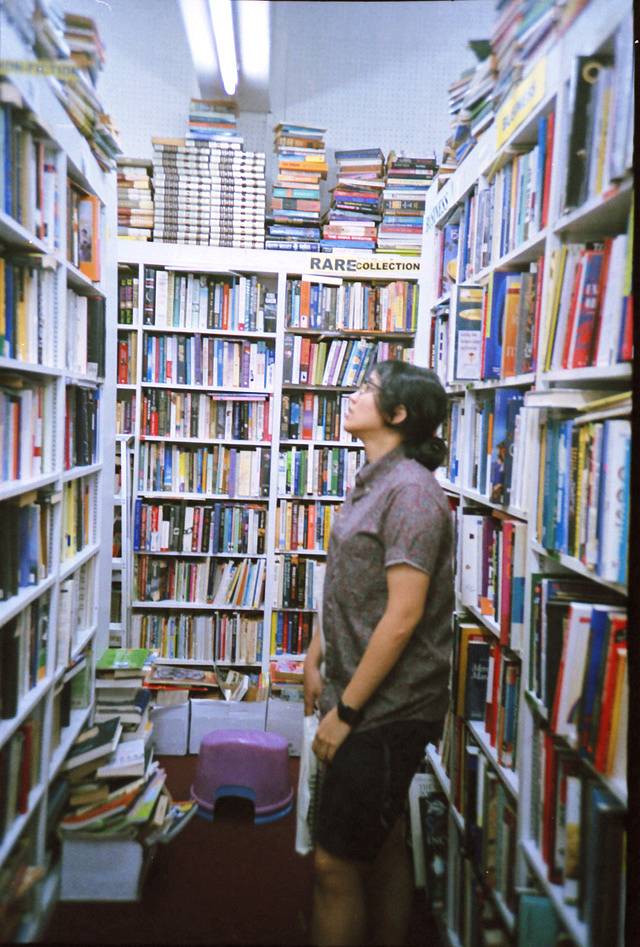







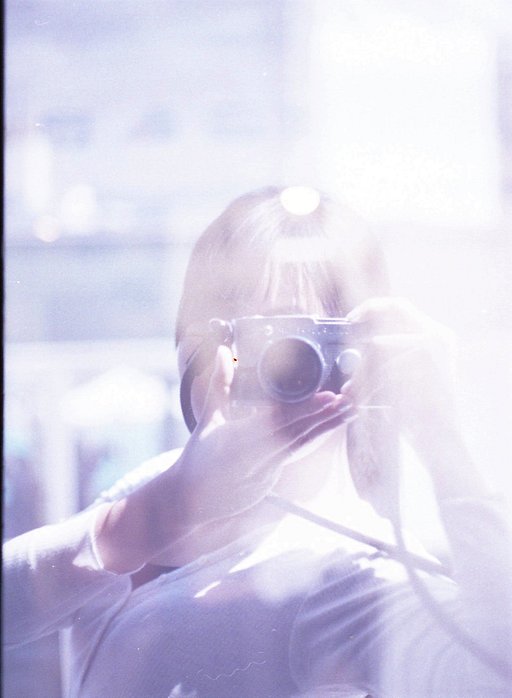
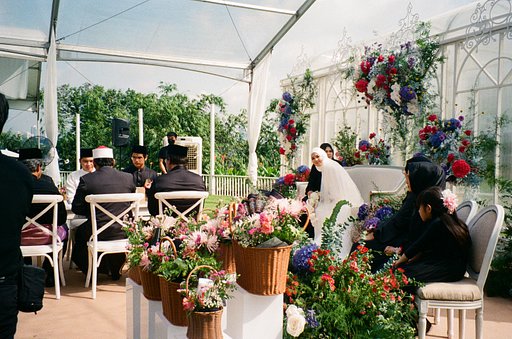



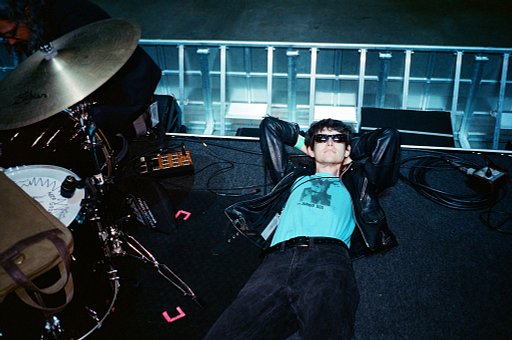

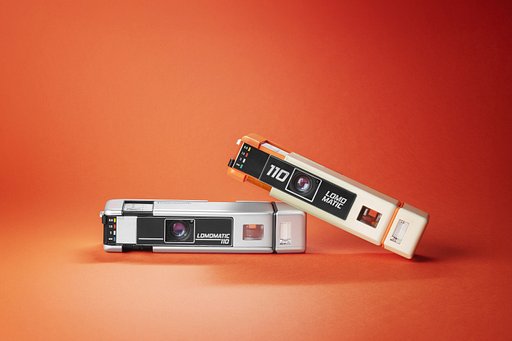


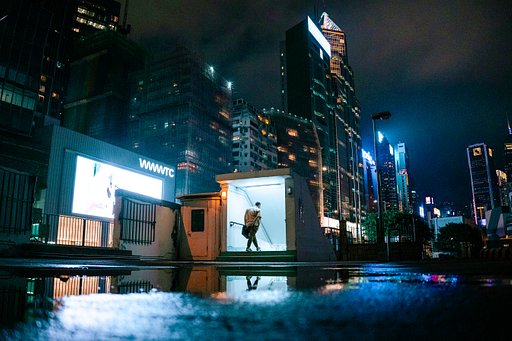
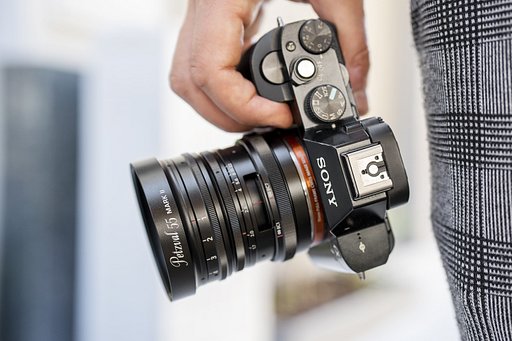



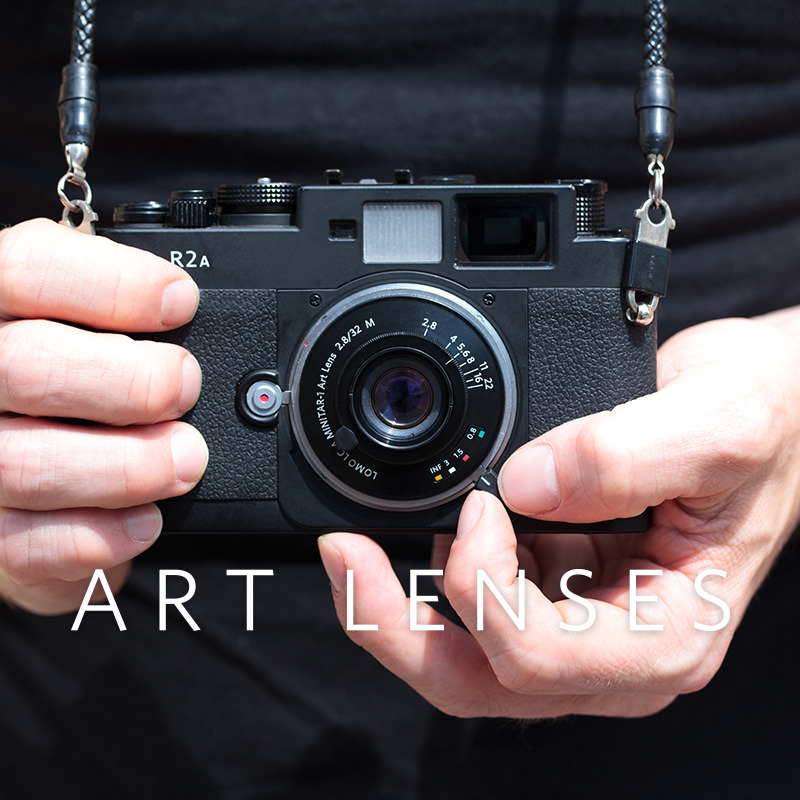
2 Comments